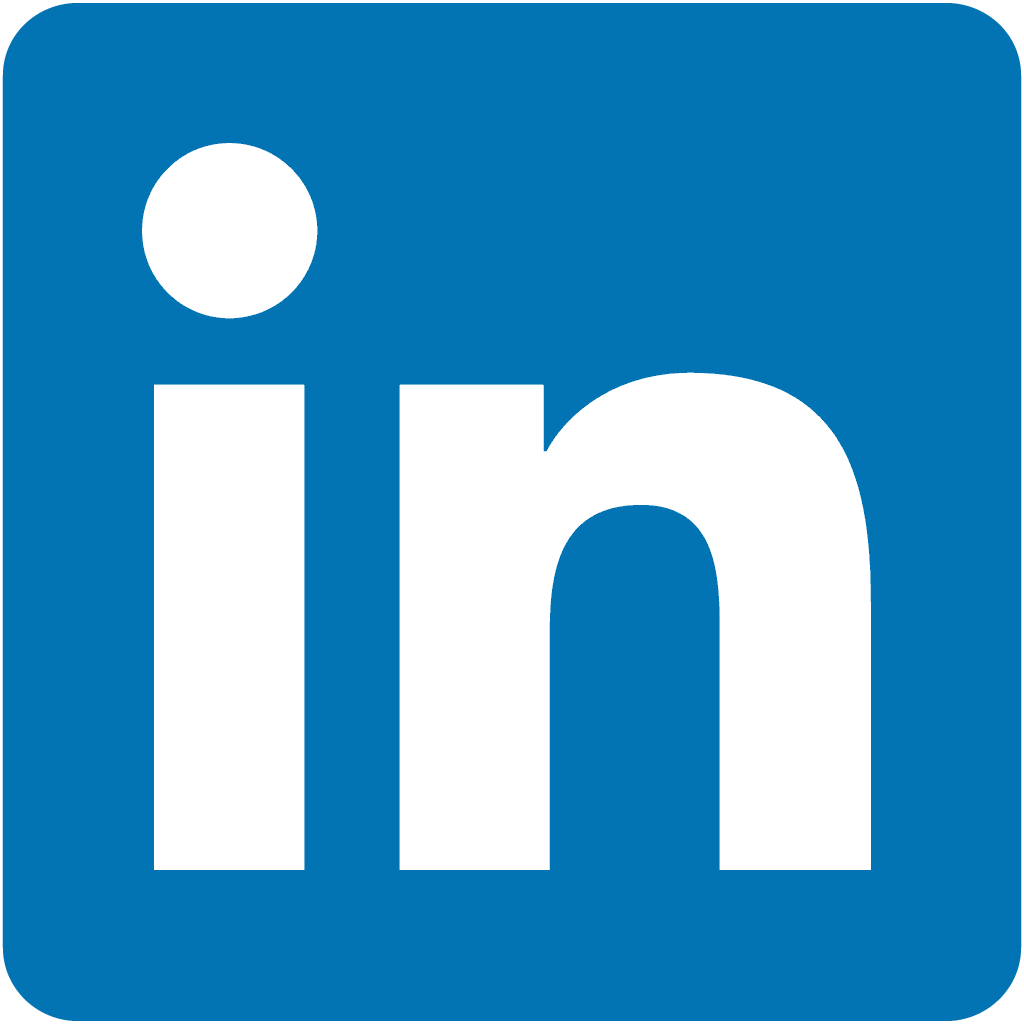Lessons Learned from an Automotive Cost Reduction Manager
Anne-Sophie Le Bloas
CEO of Ravacan

Now that an economic crisis is looming, you might look at ways to reduce your Cost Of Goods Sold (COGS). Here are some things I have learned as a cost reduction manager in the Automotive.
I worked for Visteon Automotive in Germany between 2012 and 2014. The long-expected joined-venture with a Chinese conglomerate had failed and the company was looking for an acquirer for their Interiors division. It was the least profitable one, and it was imperative to improve our bottom line. The management launched the project P20, which was supposed to save the company 20% over two years. I took responsibility for Cost Reduction initiatives for four countries (Germany, Slovakia, Poland, and Russia). It was a challenging yet exciting time! Let me share how we managed this endeavor, in case you are considering doing the same.
Getting Started
The data
Before anything else, the first step is to gather data so you can have a clear picture of your starting point. How many part numbers, where are the drawings, how many programs or products, what are the phase-in, phase-out dates, the volumes, the suppliers, the assets used at suppliers, the raw materials, the packaging size, the MOQs, the lead-times, the payment terms, the supplier locations, the delivery destinations.
When you have this data, you can run a portfolio analysis. For example, you absolutely need to run a Pareto Analysis and understand what suppliers contribute to 80% of your spending. Your first move is going to be with them.
The setup
The second step is to create a dedicated team & place. All departments must have cost reduction on top of their priority list. It cannot only be an initiative from the purchasing department. At Visteon, we created war rooms, I'm not very fan of the term, but they were instrumental. In these rooms, we hung all our purchased and manufactured components on the walls. Then, we invited suppliers to brainstorm ideas in the room. We would review their parts, and encourage them to suggest ideas and to quote on new components. It is fundamental to be able to see and touch these parts, it stimulates creativity, and it is much more productive.
The suppliers
This third step is to make it official and tell your suppliers what you are up to. We sent out a letter to inform them of our goals and the process. They need to understand the context and to have a chance to work with you productively. Don't play games. You need to save money, and you can only reach your goals if they are on your side.
Types of cost reduction ideas
1. Requote
You can ask your suppliers to quote again and put them in competition with others in or outside your portfolio. Prepare a cost breakdown template by type of component so you can compare suppliers on raw materials, machine rates, and cycle times, labor rates, packaging, delivery, etc. This task is going to give you the basis for generating one or all of the following ideas.
2. Relocation
Consider the Total Cost of Ownership when looking at relocating. Your decision is not only based on the Cost of Acquisition. If you choose to transfer to a location that is further away from the destination, consider the delivery lead-time and potentially a higher buffer stock. These are hidden costs impacting the cash flow that you may forget.
3. VA/VE - Redesign and standardization
This initiative is my favorite. Designers should reuse as many parts as possible between products so you can consolidate quantities, and thus benefit from economies of scale. This concept is part of what we call Value Engineering or Design To Cost. Unfortunately, it is not always the case, and Purchasing has to fight for it. I understand that engineers want to iterate and improve the products, but it could damage your margin if not done thoughtfully. Look at Apple; the band attachment system has not changed since the iWatch Series 2. It makes sense not to change a design that works, and consolidating volumes drive the costs down. Just by looking at the specs and the parts themselves, you will find a lot of ideas. For example, there could be two very similar parts used in two products. If you change the specifications a bit, you could consolidate the quantities. You can reduce the wall thickness of a plastic part or the coating thickness of a metallic component, change raw materials grades, the length of the plastic pellets, the masterbatch, increase the proportion of recycled material. You can modify a tool to get an embossed symbol instead of pad-printing. You can investigate new technologies like injection instead of compression, gas injection to reduce material consumption, hot tools instead of painting. Now you might understand why all departments, including marketing & Sales, must be involved in every initiative.
4. Improve productivity
When you have a cost breakdown from your current supplier, I encourage you to visit them and review their manufacturing line. Keep in mind that you are looking for cost reduction, not margin reduction. As a buyer squeezing your supplier to death is defeating the purpose. What you want is to have a healthy supplier that has enough money to grow and invest in R&D, and that ultimately brings you the best ideas and innovation. As a result, I suggest you calculate their margin in value per part and agree with them that your cost reduction initiatives are not going to reduce their margin; on the contrary, it should increase it proportionally to the cost. Ask to see the whole manufacturing process from receiving the materials and components to packing for the expedition. Make sure they have kanban and all other lean manufacturing practices. Then measure each production step and find ideas to reduce cycle times and lags between operations. Also, control scrap & waste numbers and, most of all, the machine cycle. Changing some simple things like the stations' structure can help improve health and safety and reduce the workforce.
5. Change the conditioning
Volume and weight is money. First, look at the structure of the conditioning. Is there an opportunity to pack more parts on the same pallet? What is the rate of waste due to damages? Is there an opportunity to implement consigned packaging or on the contrary cardboard boxes?
6. Logistics
Is there an opportunity to create a logistic hub or, on the contrary, direct deliveries? Would trains be cheaper than trucks? Could we change the freight forwarder?
7. Negotiation
Negotiation can lead to some opportunities as well. Some suppliers can agree to support you because they are in for the long run. We had raw material suppliers giving us significant discounts; others would agree to implement onsite consignment.
The journey of a cost reduction initiative
The fun starts! It's time to think out of the box.
1. Idea generation
This phase consists of finding as many ideas as possible and quickly assess their feasibility.
Assess every idea with a business case that includes saving projections, technical feasibility, timeline, and confidence. To implement the cost-saving initiative, you will need to convince all the stakeholders during the steering committee. The committee, led by the cost reduction manager, meets bi-weekly. It involves the team leaders of each department: purchasing, engineering, quality, supply & planning, production, finance, sales & marketing.
It is a real teamwork! The team reviews the business cases. At Visteon, we had very aggressive targets, and we required ROI in less than 12 months. When an idea is approved, each department agrees to allocate resources to bring the idea to reality.
2. Technical Validation
At this stage, the engineering department somehow vetted the initiative, but most of the work is yet to come. They must work with the suppliers and the other internal teams to run trials, measure outcomes, run durability tests, etc.
If you work for a Tier1 like Visteon, you probably need approval from the end customer.
3. Implementation or Rejection
You made it! You pushed the idea through validation. Now you can record the actual saving.
Or reality can be harsh. What looks like a good idea on paper can be very hard to implement, especially when manufacturing products with high-quality standards.
4. Return on Experience
Don't forget to keep track of the lessons learned along the way. You gathered valuable information that can be used by your peers in other business units or countries.
Are you launching or planning to launch a cost reduction project? I hope this article will give you a few ideas. If you want to share your experience or are interested in Business Case, Idea tracking, and cost breakdown templates, drop us a note at hello@ravacan.com.
Disclaimer: This article is the fruit of my own experience as a senior global commodity manager and cost reduction manager for diverse industries: CPGs, Aeronautics, Automotive, Electronics. It is not the absolute truth, but instead, a way to create a discussion with my peers. Please let me know if you want to share a different perspective.
Copyright © 2022 Ravacan | All rights reserved

